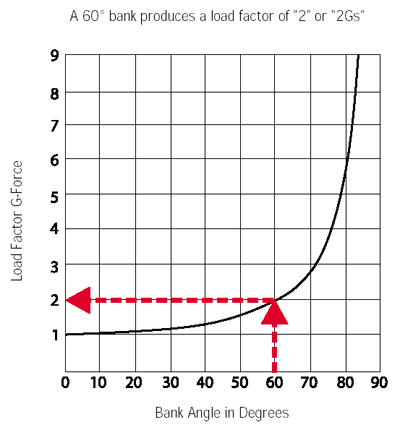OkieAviator
Pattern Altitude
- Joined
- Aug 17, 2014
- Messages
- 1,859
- Display Name
Display name:
OkieAviator
Student pilot here, so grain of salt included with this post...
Just to clarify a slip is used to rapidly reduce your altitude. If from my sight picture I know I'm a bit high and can't correct it with just throttling out... well I go around... but if I didn't want to go around I could slip it a few to lose some altitude. If you are slipping on a cross wind landing to try to game the wind push then you're it wrong, feel the plane out and make the adjustments on approach.
Dancing is referring to the use of rudder pedals. You're moving your feet back and forth so much it's as if you are 'dancing'. Personally the use of rudders wasn't something I really got decent on until maybe hour 75. I remember the landing where it was a cross wind and I rode on one main for a bit using my rudder to keep center-line until the other main came down.




